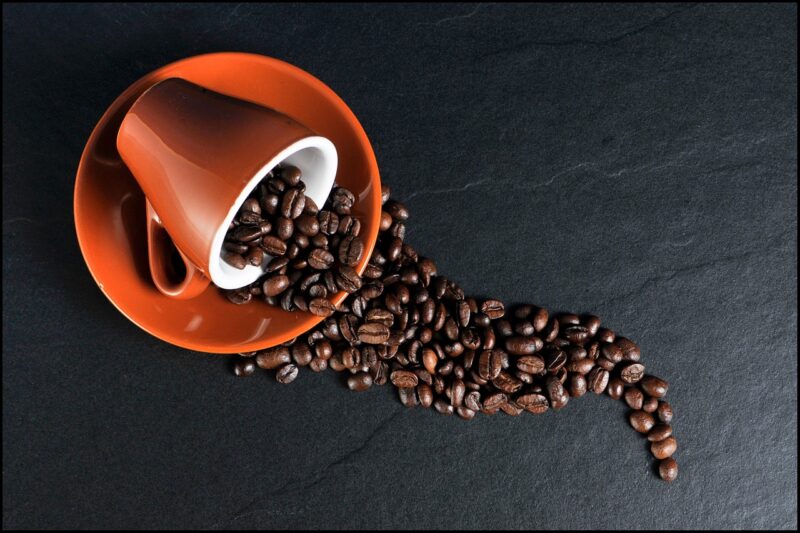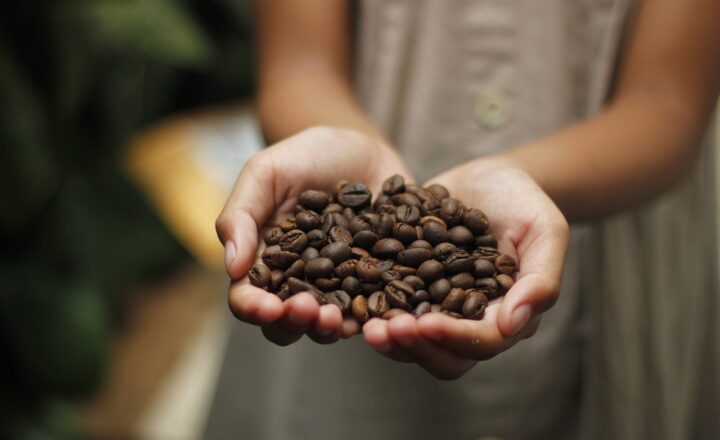
Making the perfect cup of coffee at home is an art that many coffee lovers aspire to master. While grabbing a cup from your local café is convenient, crafting your brew allows you to tailor every aspect to your taste. In this guide, we’ll illuminate the barista secrets that will elevate your home brewing to new heights. Whether you’re a novice or a seasoned coffee enthusiast, these tips will help you enjoy a café-quality experience right from your kitchen.
1. Understanding Coffee Beans
Before diving into the brewing process, it’s crucial to understand that coffee begins with the beans. Here are key points to consider:
- Types of Beans: The two primary types of coffee beans are Arabica and Robusta. Arabica is known for its smooth and complex flavors, while Robusta beans tend to be stronger and more bitter. For the perfect cup, Arabica beans are often preferred.
- Roast Levels: Coffee can be lightly, medium, or dark roasted. Lightly roasted beans retain more of their original flavor, while dark roasts have a more robust profile. Experiment with different roast levels to discover your favorite flavor profile.
- Freshness Matters: Coffee is best when brewed from freshly roasted beans. Look for beans that were roasted within the past two to four weeks. Avoid pre-ground coffee for the freshest flavor.
By selecting quality, fresh beans, you set the stage for a superior coffee experience at home.
2. The Coffee-to-Water Ratio
The ideal coffee-to-water ratio is crucial for achieving the right strength and flavor in your cup. A general guideline is:
– One to Two Tablespoons of Coffee per Six Ounces of Water: This is a good starting point. Adjust according to your personal taste preferences. Too little coffee can result in a weak brew, while too much can lead to bitterness.
– Consider a Kitchen Scale: Weighing your coffee grounds and water will help you achieve consistency. The Specialty Coffee Association recommends using a ratio of 1:15 (for every one gram of coffee, use 15 grams of water).
Finding the perfect ratio will allow you to customize your coffee to your liking, ensuring that every cup is enjoyable.
3. Choosing the Right Brewing Method
Various brewing methods produce different flavors and strengths of coffee. Here are some popular techniques:
- French Press: This method allows the coffee grounds to steep in boiling water, resulting in a strong and rich flavor. Use coarsely ground coffee for the best extraction.
- Pour Over: This method gives you control over the brewing time and water flow. It typically produces a cleaner cup of coffee compared to the French press. Use a medium grind and pour water slowly.
- Aeropress: This compact device is known for its versatility and ability to create espresso-like coffee. You can explore various brewing techniques, from immersion to pressure brewing.
- Espresso Machine: For those who love espresso, investing in a quality espresso machine can yield incredible results with the right technique. Use finely ground coffee and a proper tamping technique for the best extraction.
Experimenting with different brewing methods can help you find the perfect cup that suits your taste.
4. The Importance of Water Quality
The water you use plays a significant role in your coffee’s flavor. Here’s what to consider:
- Clean and Filtered Water: Avoid tap water with high mineral content or strong odors. Use filtered water to enhance the taste of your coffee.
- Temperature Matters: The optimal water temperature for brewing coffee is between 195°F and 205°F (90°C to 96°C). Water that is too hot can extract bitter flavors, while too cold can lead to under-extraction.
Proper water quality will significantly improve your coffee’s taste and aroma.
5. Grind Size and Consistency
The grind size of the coffee beans affects how well the flavors are extracted during brewing. Here’s a breakdown of grind sizes and their recommended uses:
- Coarse Grind: Best for French press brewing; allows for full extraction while avoiding bitterness.
- Medium Grind: Ideal for drip coffee makers and pour-over methods, providing a balanced extraction.
- Fine Grind: Used for espresso machines; the finer particles provide a strong flavor and create the desired crema on top.
Investing in a burr grinder will yield a consistent grind size, leading to better extraction and overall flavor in your brewed coffee.
6. Brewing Time and Techniques
Brewing time varies based on the method used, so adjusting your technique is crucial for achieving your desired flavor. Below is a general guideline:
- French Press: Steep for 4 minutes, then gently press down the plunger and serve immediately to prevent bitterness.
- Pour Over: Aim for a total brew time of 3-4 minutes, including the bloom (when you first pour hot water to saturate the grounds).
- Aeropress: Brewing times can vary; generally aim for 30 seconds to 1 minute depending on your method.
- Espresso: Extraction time should be around 25-30 seconds for a standard shot, ensuring that it’s rich and full-bodied.
Adjusting your brewing time according to your preferred method will allow you to extract the maximum flavor from the beans.
7. Final Touches: Adding Flavor and Enjoying Your Brew
Once you’ve perfected the brewing process, consider how to enhance your coffee experience:
- Milk and Cream Alternatives: Experiment with whole milk, almond milk, oat milk, or heavy cream to find the right balance of creaminess that complements your brew.
- Syrups and Spices: Don’t shy away from adding flavor enhancers like vanilla syrup, spice blends, or even a dash of cayenne pepper for a unique twist.
- Brew with Intent: Take time to enjoy your brew mindfully, appreciating the aroma and flavor. Using beautiful coffee ware can also enhance your experience.
Your perfect cup of coffee deserves to be savored, and personal touches will enhance your overall enjoyment.
Conclusion
Creating the perfect cup of coffee at home is not only about the right ingredients; it’s about the care and passion you put into the brewing process. By understanding your coffee beans, mastering the coffee-to-water ratio, and experimenting with various brewing techniques, you can achieve a café-level experience at home. Remember, the journey to making excellent coffee is a personal and rewarding one. So, gather your tools, find your favorite method, and start brewing your perfect cup today!








